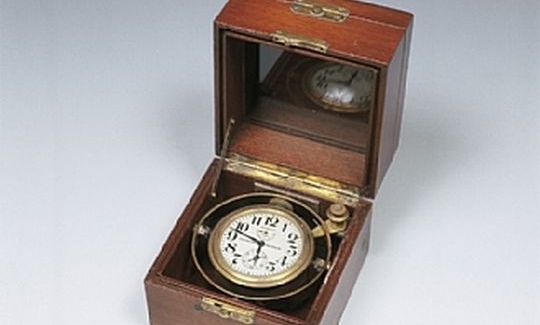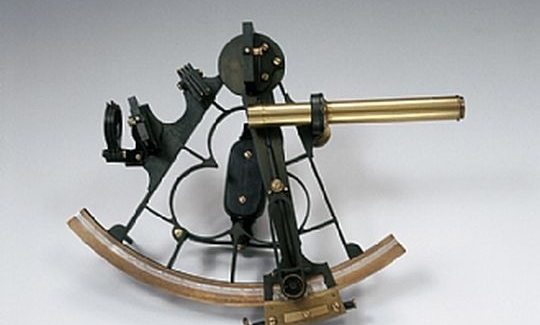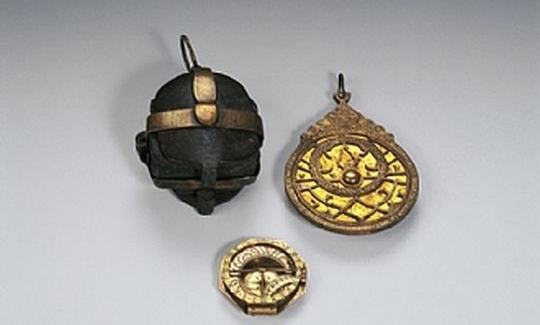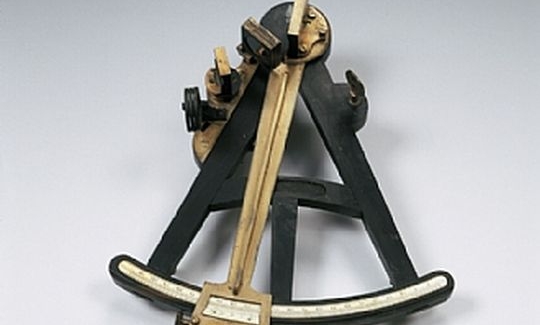Mathematical instruments are intended for measuring angles and distances, and are applied to astronomy, topography and navigation. Some have wider uses as drawing instruments or to measure time. Very few have been left from ancient times. Some Chinese jades, some Greek terra-cottas, some bronze fragments are all that remain from those early periods.
In fact, the skill of making these precious scientific tools started developing from the Middle Ages onwards, and, of course, only where mathematics were studied. From Alexandria such study passed to the Nestorian schools of Syria, then to the Arab empire.
Along with the conquering armies of Islam went the Jewish scientists, bringing the science of mathematical instruments to Andalusia and to Sicily. Later on, these scientists took refuge in France and Italy, where they created the astronomical schools of the 13th century. In this way, a real scientific Renaissance appeared in the Latin countries. It is probable that a similar expanstion took place at the same period in the direction of Persia. Many astrolabists in that region were originally Jewish scientists.
The development of measures led rapidly to an exacting precision. The instruments became more strongly built, the fitting more precise, the object less perishable. The collections of the National Maritime Museum can thus exhibit a good quantity of them. Still, it must be kept in mind that only the better ones have come down to us. There are many instruments that we only know by their description in written sources.




